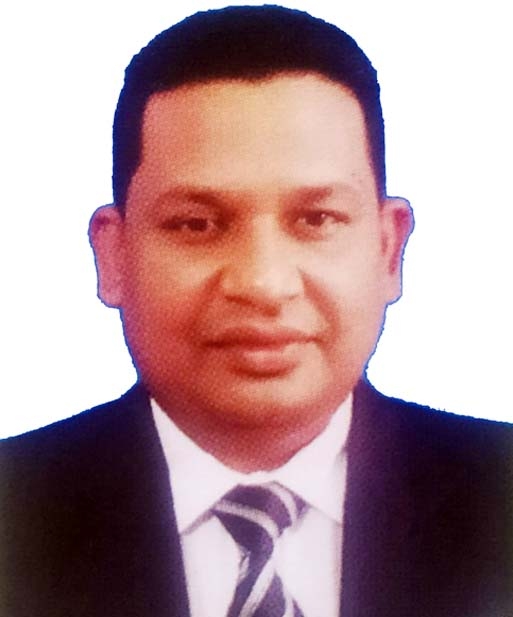
Majhar Mannan :
The natural drainage system of capital Dhaka is dying gradually. Today, about 80 km of natural canals of Dhaka city are almost dead due to pollution and grab. The destruction of natural canals has resulted in waterlogging with little rainfall. On the one hand, the natural canals have been severely polluted and on the other hand, road, houses, factory have been constructed by filling those canals. According to experts, a city should have 20 to 25 percent green areas and 10 to 15 percent wetlands. There were such canals and reservoirs in Dhaka city for normal drainage but we have destroyed them day by day. According to a study, in the main city of Dhaka, the concrete covered area is over 80 percent where the water body is 5 per cent and the green is 10 percent. From this study it is clear that the system of natural drainage is very miserable in Dhaka that results in a huge waste crisis.
The government has been conducting vigorous operations to rescue river, canals and reservoirs in recent time. Experts believe that if such initiatives continue, it will be possible to increase the interconnection of Dhaka’s canals and restore their proper flow. Solid waste often makes the drainage system ineffective so special attention should be paid to solid waste management. The canal must be cleared of illegal occupation at any cost otherwise development of drainage system is not possible. Public participation is needed to keep drainage and box culverts effective.
There is a lack of coordination among the agencies working to alleviate waterlogging in Dhaka and there is a tendency to blame each other. Various solid and heavy wastes accumulate on the surface of drains and in the mouths of canals which are not removed on time and there is lack of supervision. Occasionally illegal occupants are evicted and canals are decontaminated but after a while it returns to its former position. This requires strict monitoring and proper enforcement of the law. Large eviction operations have been carried out around the capital. There are guidelines for creating digital databases of all river, canals and reservoirs in the country.
About 6,250 tons of waste is generated in Dhaka city every day but in this megacity, modern, sustainable and improved waste management has not yet emerged. Unwise disposal of waste has become a major threat to the environment and public health. Huge waste is generated every day in Dhaka city and the total waste can not be collected by city corporations and this uncollected waste goes to rivers, canals, ponds and drains. The amount of waste recycling is relatively low. Dhaka North City Mayor Atiqul Islam said common people consider Dhaka’s canals as dustbins and it is really difficult to decontaminate them if they are not aware. The mayor also said that without waste incineration, it would be difficult to control Dhaka’s waste in the future. It is learned that there is a master plan to set up ecopark with two incineration plants for waste management.
Waste of Dhaka city is disposed in open landfill system which is not suitable for environment. A landfill site is a place where waste is accumulated for removal. There are several rules for building an ideal landfill site. In 1991 the Environmental Protection Agency (EPA) formulated a number of policies for landfill sites. No reservoir can be kept within 30 meters of a landfill site and no drinking water tube well can be kept within 160 meters. No home, school or park can be placed within 65 meters of the landfill site. But experts believe that all these rules have not been followed properly at the two landfill sites in Dhaka city (Matuail and Aminbazar).
According to a World Bank study, Dhaka generates 7,000 metric tons of waste per day, of which 3,800 metric tons is dumped. Household waste is generated at 5950 metric tons. 560 grams of waste per capita is generated in this city every day. There are not enough cleaners in city corporations to remove such a huge amount of waste. From 2022 onwards, there will not be enough space to dump garbage at the Aminbazar landfill site. Therefore, it is necessary to take a master plan now for waste management in the coming days.
City corporations can collect 60 to 70 percent of the total waste of Dhaka city but the rest goes to the canals and rivers. This results in severe waterlogging. Experts believe that a separate commission could be set up to deal with waste management. Experts believe that special strategies are needed for solid and liquid waste management. It is only possible to ensure a beautiful waste management through proper coordination among the waste management agencies.
(Mr. Mannan is Assistant Professor, B A F Shaheen College Kurmitola, Dhaka Cantonment).

